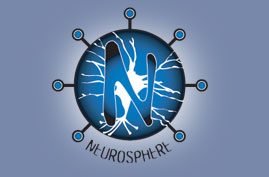Self Awareness
The World Right Now
Awareness of the world right now’s awareness of America.
WatchingAmerica reflects global opinion about the United States, helping Americans and non-Americans alike understand what the world thinks of current issues that involve the U.S. This is done by providing news and views about the United States published in other countries.
http://www.watchingamerica.com/index.shtml
